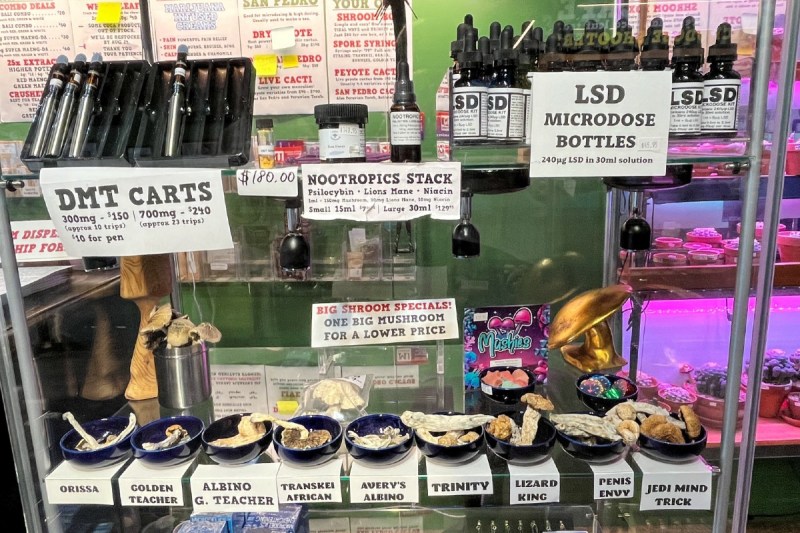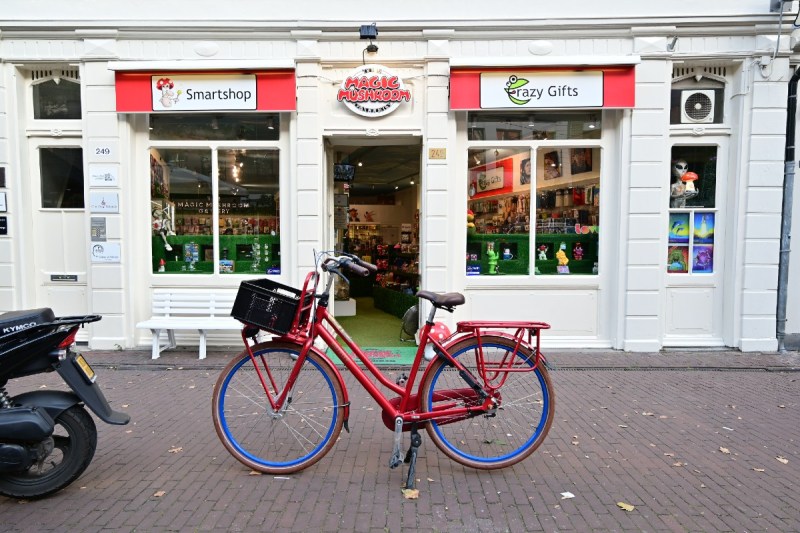These days, it seems like everyone is talking about psychedelic therapy. Just a decade ago, there were few who took it seriously, other than a smattering of fringe scientists and diehard “psychonauts.” Today, there are psychedelic businesses and clinics of various types popping up all over the world. The renowned journalist Michael Pollan even has a Netflix documentary on the topic. That’s about as mainstream as it gets.
But with all the buzz, many are wondering what, exactly, psychedelic therapy is. What is it used for, and does it really live up to all the hype? We’ll answer these questions and more in our look at the rise of psychedelic therapy.

The history of psychedelic therapy
Psychedelic plants and concoctions have been used for various therapeutic and spiritual purposes since long before humans started keeping track of such things. Modern psychedelic efforts, however, arose in the 1940s and 1950s due to Albert Hofmann’s discovery of LSD. At the time, researchers — particularly those in the field of psychiatry — declared that LSD (and to a lesser extent psilocybin from mushrooms and mescaline from peyote) could act as a miracle cure for everything from depression to “nervousness” to addiction. These substances were extensively researched until well into the 1960s, a trend that was promptly ended by the criminalization of psychedelics in 1970. By 1980, research on these substances had, for all practical purposes, come to a complete stop.
Legal or not, underground experimentation persisted. Then in the early 2000s, a few small studies began showing signs that maybe there was more to these crazy drugs than previously thought. Researchers were granted more and more leniency over the next half-decade until Johns Hopkins University School of Medicine released a landmark study indicating that psilocybin could have a massive impact on cancer patients dealing with end-of-life trauma. Promising results from such a prestigious source resulted in even more loosening of restrictions.
By the mid-2010s, it was widely accepted among researchers that LSD, MDMA, psilocybin, and ketamine could all deliver substantial therapeutic benefits with little to no risk of negative side effects. By 2021, numerous cities across the U.S. had decriminalized the possession and use of certain psychedelic substances. By 2022, there were psychedelic clinics of various formats (most leveraging ketamine or psilocybin) scattered across the U.S. and around the globe, and psychedelic research programs had been launched at many of the world’s most prestigious universities.

The benefits of psychedelic therapy
The purported benefits of psychedelics are extremely wide-ranging, but research has firmly established that psychedelic therapy can be a powerful tool for treating five specific conditions: PTSD, depression, anxiety, addiction, and end-of-life mood disorders relating to terminal illness. Studies involving MDMA, psilocybin, and ketamine in particular have had such promising results that they have been granted “breakthrough therapy” status by the FDA, which expands research opportunities and speeds up drug approval.
Beyond this, there is anecdotal evidence and small-scale research supporting the potential for benefits such as improved creativity, boosted productivity, greater empathy, stronger social bonds, and a better overall sense of well-being.
What is psychedelic therapy like?
There are many different formats for psychedelic therapy. These range from occasional micro-dosing (which involves taking imperceptible doses of psychedelics to improve mood and productivity and bestow other benefits) to in-clinic therapy to intensive ayahuasca ceremonies.
The typical (legal) psychedelic therapy session, however, goes something like this:
- The patient undergoes an intake process to determine whether they are a good fit for the treatment. This involves discussing one’s goals and examining the patient’s medical history for any risk factors, such as severe psychiatric disorders.
- Either in a clinic (as is the case with Field Trip Health) or at home (as with Mindbloom), the patient ingests either ketamine or psilocybin. Sometimes the experience is guided, and sometimes it is not.
- In the case of a guided session, a therapist will talk through whatever arises in the patient, whether that’s fear, traumatic memories, sadness, depression, or even elation.
- After the drug has worn off, there’s what’s called an “integration” session to discuss the results of the experience. This is widely considered a crucial step in the therapeutic process.
The goal of these sessions is to create a safe space (mentally and physically) in which the patient can explore unconscious drives, repressed or traumatic memories, fears, and other negative emotions. The therapist will then help the patient integrate what is learned into a philosophy for moving forward.
While this might seem like a rather unremarkable process for such hotly contested substances, the results have been astounding. Research has repeatedly proven the benefits, with two-thirds of psychedelic study participants reporting that the experience was among the top five most important of their lives, both personally and spiritually.

Psychedelic therapy: fact or fad?
It’s difficult for even the most diehard of skeptics to deny that the research on psychedelics is compelling at least and astonishing at best. Today, psychedelics are gaining legal ground. Ketamine can already be prescribed to treat acute depression, and MDMA and psilocybin will almost certainly be legalized for the treatment of various conditions within the next five years — possibly much faster.
Maybe the appeal of these drugs will wane over time, but with such consistently staggering results, it’s unlikely that they’re going away any time soon. Much more likely is that they will be increasingly integrated into society and leveraged for everything from micro-dosing for improved creativity or productivity to mega-dosing for spiritual or mystical insight.




